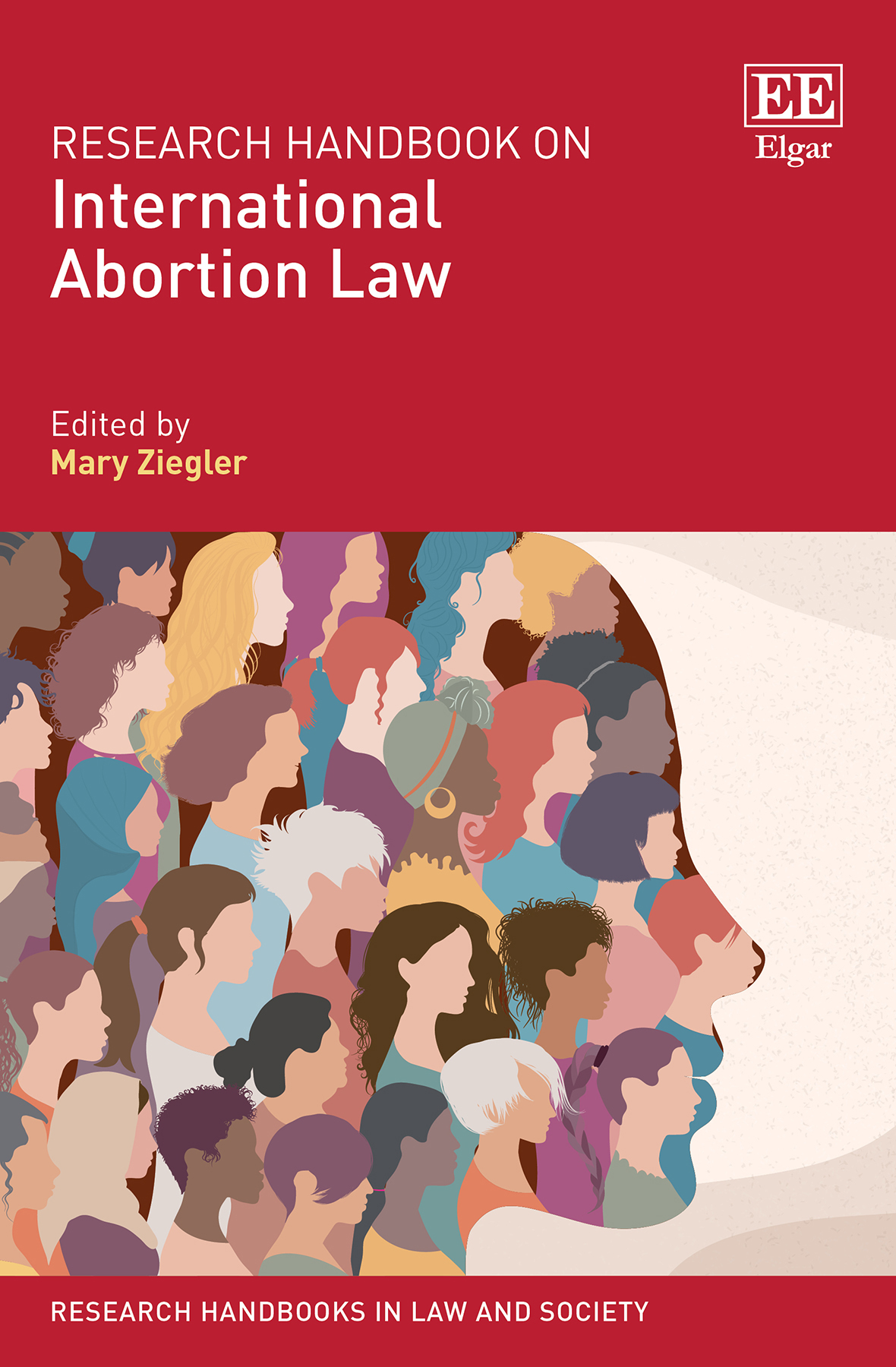A note on “The BBC Nile” in the High Court of Australia – foreign arbitration agreement and choice of law clause and Article 3(8) of the Amended Hague Rules in Australia
By Poomintr Sooksripaisarnkit
Lecturer in Maritime Law, Australian Maritime College, University of Tasmania
Introduction
On 14th February 2024, the High Court of Australia handed down its judgment in Carmichael Rail Network Pty Ltd v BBC Chartering Carriers GmbH & Co KG [2024] HCA 4. The case has ramifications on whether a foreign arbitration clause (in this case, the London arbitration clause) would be null and void under the scheme of the Carriage of Goods by Sea Act 1991 (Cth) which makes effective an amended version of the International Convention on the Unification of Certain Rules of Law relating to Bills of Lading, Brussels, 25 August 1924 (the “Hague Rules”). The argument focused on the potential effect of Article 3(8) of the Amended Hague Rules, which, like the original version, provides:
“Any clause, covenant, or agreement in a contract of carriage relieving the carrier or the ship from liability for loss or damage to, or in connection with, goods arising from negligent, fault, or failure in the duties and obligations provided in this article or lessening such liability otherwise than as provided in these Rules, shall be null and void and of no effect. A benefit of insurance in favour of the carrier or similar clause shall be deemed to be a clause relieving the carrier from liability”.
BRIEF FACTS OF THE CASE
The case involved a carriage of head-hardened steel rails from Port of Whyalla in South Australia to the Port of Mackay in Queensland. When the goods arrived at the Port of Mackay, it was discovered that goods were in damaged conditions to the extent that they could not be used, and they had to be sold for scrap. A bill of lading issued by the carrier, BBC, containing the following clauses:
“3. Liability under the Contract
- Unless otherwise provided herein, the Hague Rules contained in the International Convention for the Unification of Certain Rules Relating to Bills of Lading, dated Brussels the 25th August 1924 as enacted in the country of shipment shall apply to this Contract. When no such enactment is in force in the country of shipment, the corresponding legislation of the country of destination shall apply. In respect of shipments to which there are no such enactments compulsorily applicable, the terms of Articles I-VIII inclusive of said Convention shall apply….”
- Law and Jurisdiction
Except as provided elsewhere herein, any dispute arising under or in connection with this Bill of Lading shall be referred to arbitration in London. The arbitration shall be conducted in accordance with the London Maritime Arbitrators Association (LMAA) terms. The arbitration Tribunal is to consist of three arbitrators, one arbitrator to be appointed by each party and the two so appointed to appoint a third arbitrator. English law is to apply”.
The carrier, BBC, commenced arbitration in London according to Clause 4 of the bill of lading. Carmichael, on the other hand, commenced proceeding before the Federal Court of Australia to claim damages. Carmichael sought an anti-suit injunction to restrain the arbitration proceeding. BBC, on the other hand, sought a stay of the Australian proceeding.
ARGUMENTS IN THE HIGH COURT OF AUSTRALIA
Carmichael contended that Clause 4 should be null and void because of Article 3(8) of the Amended Hague Rules. First, there is a risk that London arbitrators will follow the position of the English law in Jindal Iron and Steel Co Ltd and Others v Islamic Solidarity Shipping Co. Jordan Inc (The “Jordan II”) [2004] UKHL 49 and found the carrier’s duty to properly stow and care for the cargo under Article 3(2) of the Hague Rules to be a delegable duty, as opposed to an inclination of the court in Australia, as shown in the New South Wales Court of Appeal decision in Nikolay Malakhov Shipping Co Ltd v SEAS Sapfor Ltd (1998) 44 NSWLR 371. Secondly, there is a risk that the London arbitrators would construe Clause 3 as incorporating Article I-III of the Hague Rules, instead of the Amended Hague Rules of Australia. This would result in reducing the package limitation defence. Thirdly, there would be more expenses and burdens on the part of Carmichael to have to pursue its claim against BBC in London.
REASONING OF THE HIGH COURT OF AUSTRALIA
Whether Article 3(8) is applicable, the High Court of Australia found as a matter of principle that the court must consider all circumstances (being past, present, or future) whether a contractual clause relieves or lessen the carrier’s liability. The standard of proof to be applied in considering such circumstances is the civil standard of the balance of probability. The court drew support from section 7(2) and section 7(5) of the International Arbitration Act 1974 (Cth), as the parties relied on this piece of legislation in seeking an anti-suit injunction or a stay of the proceeding. In section 7(2), the language is that the court “shall” stay the proceedings if a matter is capable of settlement by arbitration. In section 7(5), again, there is a word “shall” in that the court shall not stay the proceedings under subsection (2) if the court finds the arbitration agreement to be null and void. As the High Court of Australia emphasised in paragraph 25 of its judgment: “For an Australian court to ‘find’ an arbitration agreement null and void … it must be able to do so as a matter of law based on agreed, admitted, or proved fact”. Such proof is on the balance of probabilities pursuant to the Evidence Act 1995 (Cth). Moreover, the Amended Hague Rules in Australia ultimately has the nature of an international convention. The interpretation of which must be done within the framework of the Vienna Convention on the Law of Treaties 1969 which requires that relevant rules of international law must be considered. The burden of proof which international tribunals usually adopt is that of “preponderance of evidence”, which is no less stringent than that of the balance of probabilities. This supports what the High Court of Australia found in paragraph 32 of its judgment that “references to a clause ‘relieving’ a carrier from liability or ‘lessening such liability’ are to be understood as referring to facts able to be found in accordance with the requisite degree of confidence…” Also, the High Court of Australia found the overall purpose of the Hague Rules is to provide a set of rules which are certain and predictable. Any attempt to apply Article 3(8) to the circumstances or facts which are not agreed or admitted or proved would run against the overall objective of the Hague Rules.
A reference was also made to an undertaking made by BBC before the Full Court of the Federal Court of Australia that it would admit in the arbitration in London that the Amended Hague Rules would be applicable to the dispute and BBC did consent to the Full Court of the Federal Court of Australia to make declaration to the same effect. It was argued by Carmichael that the undertaking and the subsequent declaration should not be considered because they came after BBC had commenced the arbitration pursuant to Clause 4. However, the High Court of Australia, emphasised in paragraph 59 that the agreed or admitted or proved facts at the time the court is deciding whether to engage Article 3(8) are what the courts consider. The effect of the undertaking and the declaration are that it should be amounted to the choice of law chosen by the parties within the meaning of section 46(1)(a) of the Arbitration Act 1996 and should effectively supersede the choice of the English law in Clause 4 of the bills of lading.
All the risks pointed out by Carmichael are unreal. First, the indication of the New South Wales Court of Appeal in the Nikolay Malakhov case in respect of Article 3(2) of the Hague Rules was not conclusive as it was obiter only. There is no clear legal position on this in Australia. Secondly, the language of Clause 3 is that Article I-VIII are to be applied if there are “no such enactments”. But the country of shipment in this case (namely Australia) enacts the Hague-Rules. Moreover, there is no ground for any concern in light of the undertaking and the declaration. Lastly, Article 3(8) of the Amended Hague Rules concerns with the carrier’s liability. It is not about the costs or burdens in the enforcement process. Hence, the Australian proceeding is to be stayed.
COMMENT
As the High Court of Australia emphasised, whether Article 3(8) of the Amended Hague Rules is to be engaged depending upon facts or circumstances at the time the court is deciding the question. This case was pretty much confined to its facts, as could be seen from the earlier undertaking and the declaration which the High Court of Australia heavily relied upon. Nevertheless, the door is not fully closed. There is a possibility that the foreign arbitration and the choice of law clause can be found to be null and void pursuant to Article 3(8) if the facts or circumstances are established on the balance of probabilities that the tribunals will apply the foreign law which has the effect of relieving or lessening the carrier’s liabilities.

